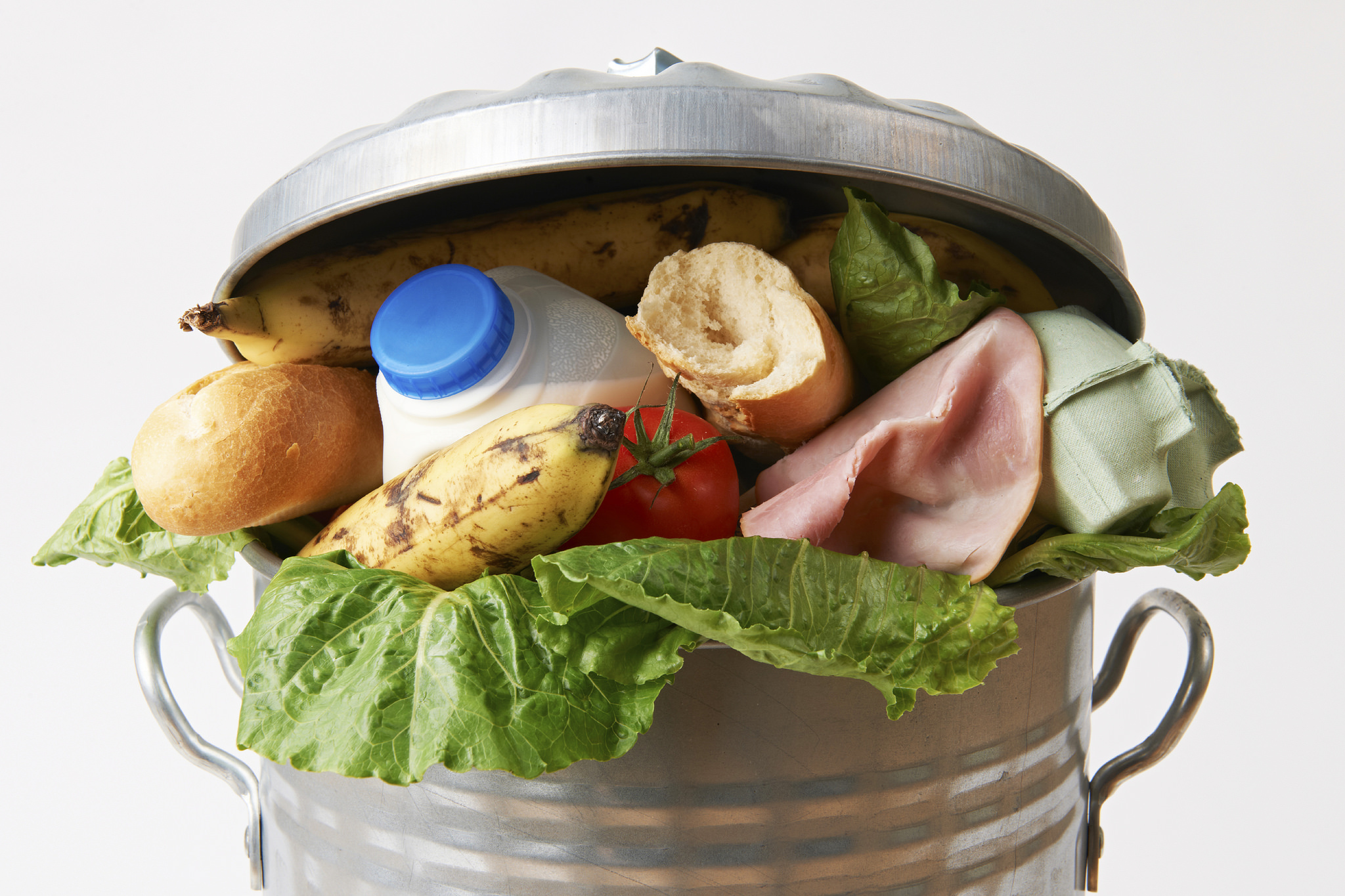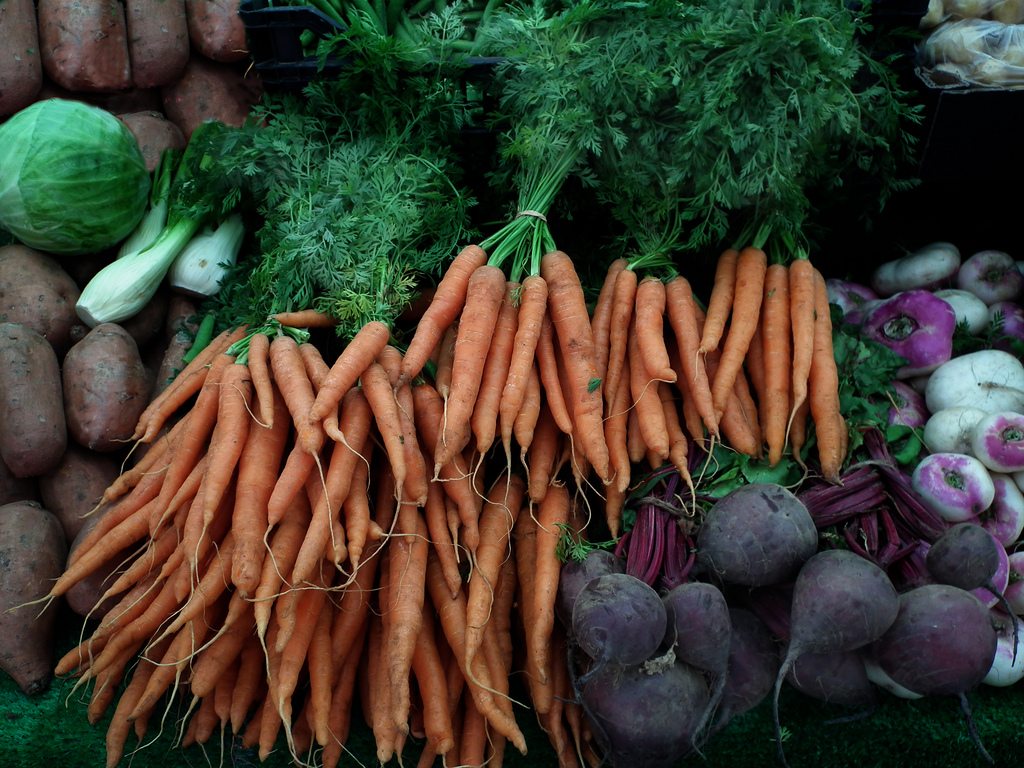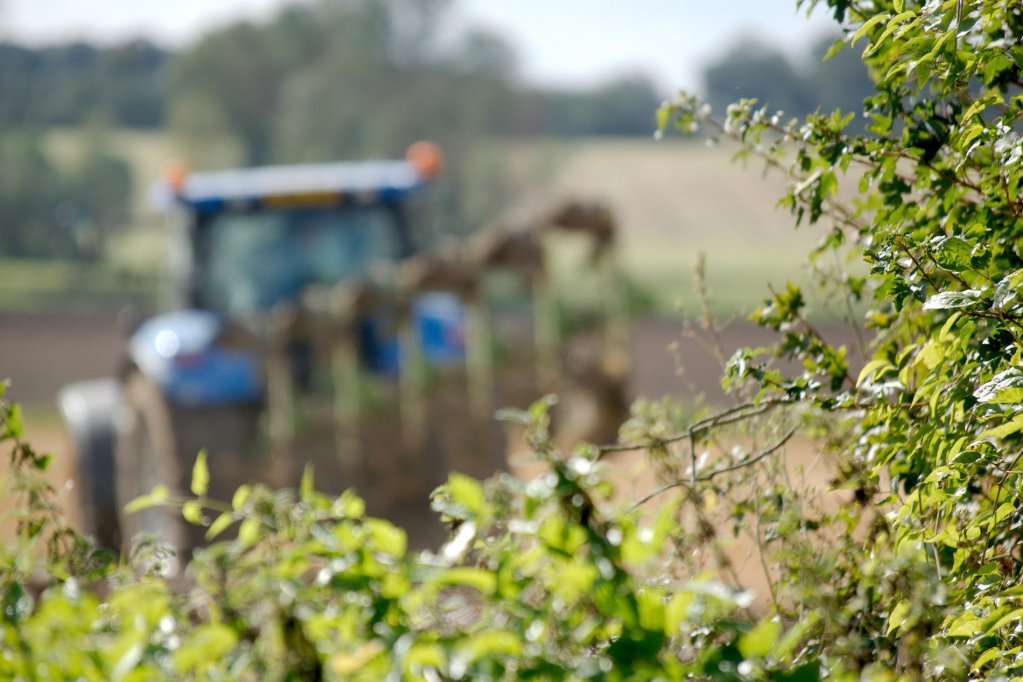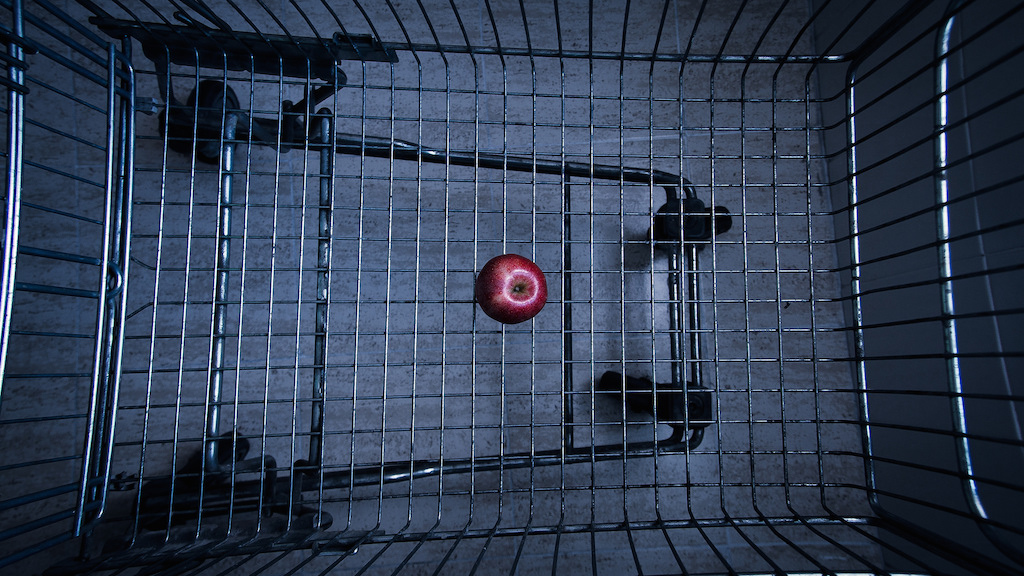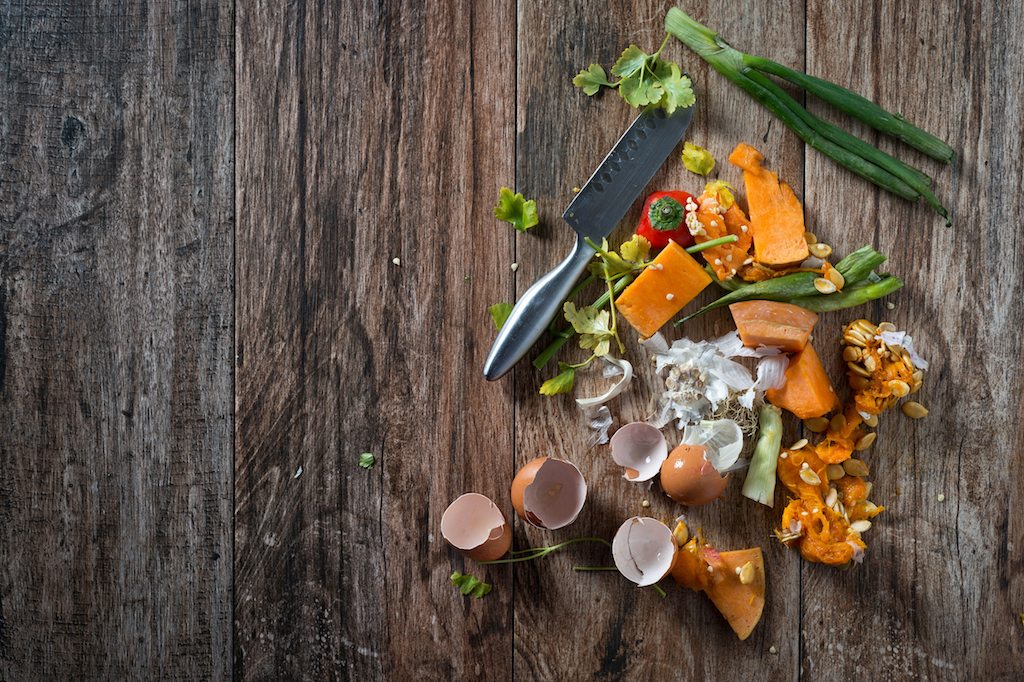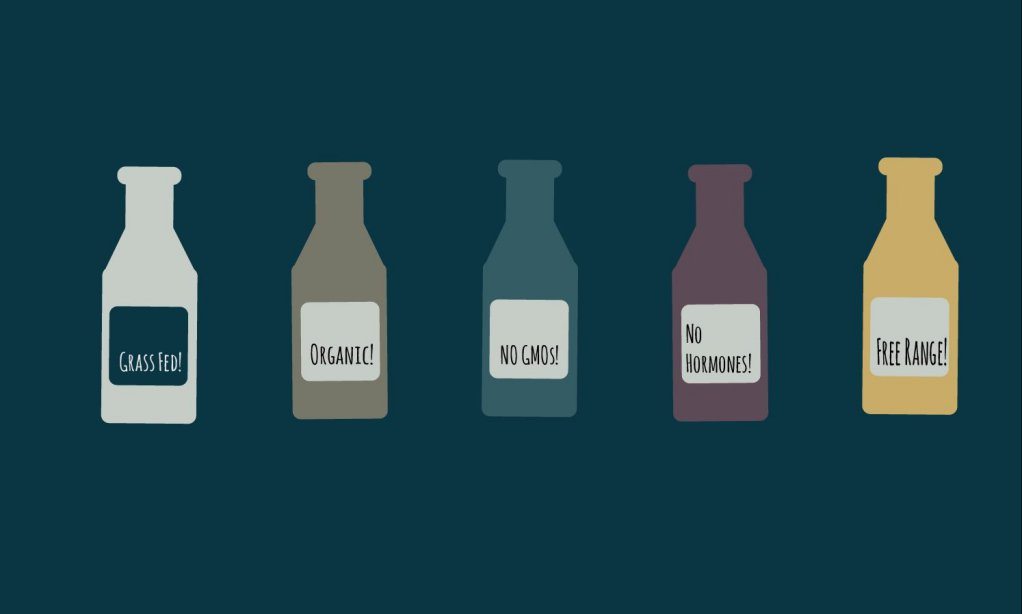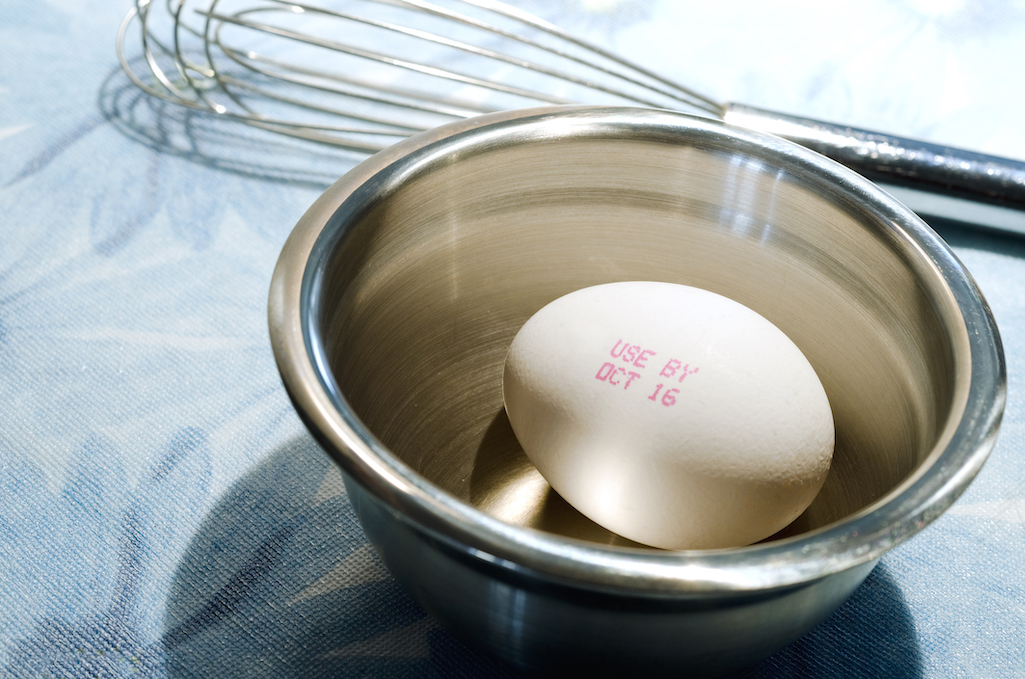
KenTannenbaum / iStock
Every year, Americans throw out billions of pounds of food. In part, it’s because they’re following date labels—a system that critics say is inconsistent, poorly regulated, and doesn’t have much to do with safety.
Today, Democratic Congresswoman Chellie Pingree of Maine and Republican Congressman Dan Newhouse of Washington introduced a bill that would clear up that confusion. The Food Date Labeling Act, officially called H.R. 3891, would establish a uniform national date labeling system on food products. Democrat Richard Blumenthal of Connecticut has released a companion bill in the Senate.
That would help reduce the staggering amount of safe-to-eat food that ends up in landfills. According to a June report by the Government Accountability Office, between 30 and 40 percent of all food produced in the United States is wasted, with estimates as high as $218 billion spent every year on food that’s uneaten. The bill is touted as a way for the government to end confusion for shoppers, and the grocery stores, restaurants, and cafeterias that sell some of that perfectly safe food.
Sponsors say the current labeling system is confusing and outdated, and critics say expiration dates aren’t based on safety concerns. There are virtually no federal laws for date labeling, except for baby formula. States set their own rules, and manufacturers use a variety of terms, like “best if used by,” “sell by,” and “use by,” that estimate how long the food will taste fresh. Ninety percent of consumers misinterpret those dates, and throw out food that’s still safe to eat, according to the Natural Resources Defense Council.
In 2015, the Environmental Protection Agency and the Department of Agriculture announced a shared national goal of a 50-percent reduction of food waste by 2030. The Food and Drug Administration signed onto the plan last year, and in May, issued a memo on working with industry to change the date labels.
The best way to reduce food waste is at the top of the food chain. The recent GAO report finds reducing surpluses on farms and factories has significant environmental benefits, by minimizing land and water use, and applying fewer fertilizers and pesticides. It’s also seen as more efficient than using food for other purposes, such as conversion to biogas, compost, or animal feed. Nevertheless, it’s retailers and shoppers who actually waste those surpluses. Food is the most landfilled material, ahead of plastic, paper and cardboard, with over 60 billion pounds every year. It comprises 22 percent of all municipal waste.
Additionally, within a year of decaying in a landfill, food produces methane, a potent greenhouse gas that traps heat in the atmosphere. It’s estimated that if wasted food was a country, it would be the world’s third-largest emitter of greenhouse gases.
Reducing food waste is often cited as a way to help feed nearly 40 million hungry Americans. Newhouse, the bill’s co-sponsor, said the legislation will encourage restaurants and grocery stores to donate more food to shelters, food banks, and charities. However, a nonprofit interviewed by the GAO said ending labeling confusion is unlikely to increase donations, an issue the office will explore in a forthcoming report. Additionally, large amounts of gifted food, such as surplus milk, can overwhelm understaffed food banks.
This Congress hasn’t seemed particularly keen on regulating industry. Nevertheless, with bipartisan support, it’s possible this bill could break through.

